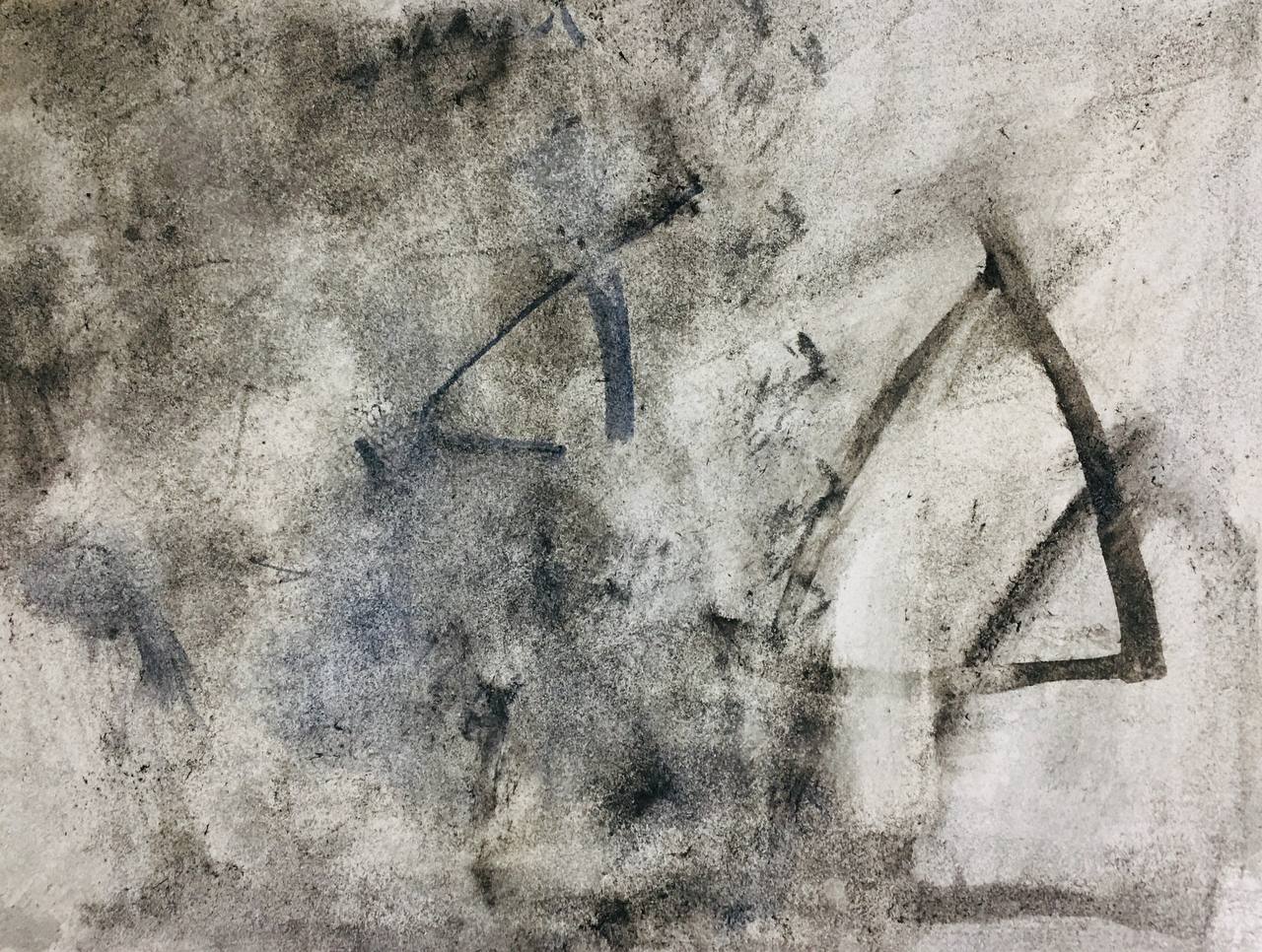On ‘on paper’ works:
Everyday life drawing studies, primarily focusing on Nature, were carried out in remote natural locations, mostly in the mountainous areas around Tehran.
These studies are typically done using accessible materials.
They are mostly executed on paper or paper-like surfaces.
Although these works lack significant Physical durability and strength, they play an important role in the painter’s studies process.
Habib Rezaei (b.1979) is an Iranian artist based in Germany, whose practice unfolds through the fragile medium of transparency. Working predominantly in small-scale formats, Rezaei engages with the language of light and layering—not merely as aesthetic devices but as tools of resistance and remembrance. His works, often composed of oil on canvas or delicate works on paper, subtly reconstruct and disrupt traditional Iranian architectural motifs. Through a methodical yet intuitive distortion of geometric
patterns, Rezaei dismantles ornamental repetition, treating it as a metaphor for ideological stagnation and institutional rigidity.
Rezaei’s visual grammar draws heavily on the poetics of space and structure, yet within his transparent fields lies a persistent undercurrent of mourning—for a nation shaped by ongoing political trauma and collective sorrow. These works do not shout; they hover, whisper, fracture. They evoke the aftermath of events too complex for direct depiction, relying instead on temporal
fragility and spatial silence to suggest a form of institutional critique.
In Rezaei’s work, transparency becomes more than a material—it functions as both subject and strategy: a sensory veil through which memory, geography, and power are filtered. The interplay of order and disorder, symmetry and rupture, invites viewers into a space where repetition becomes warning, and ornament becomes message—a quiet but unyielding confrontation with authority and erasure.
info@habibrezaei.com
Follow me on Instagram › Instagram
© All rights reserved Habib Rezaei 2010 – 2025


